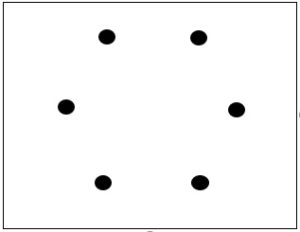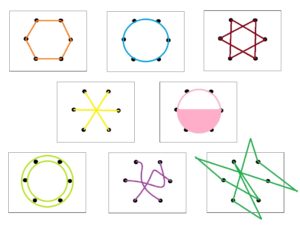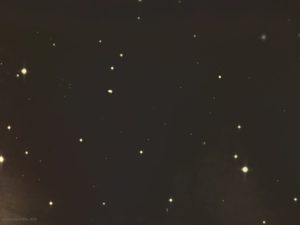
They might be an alien…
If you haven’t read the Crazy, Stupid, Awful blog, go ahead and do that first.
. . . . . .
For fun, to help a couple who has a deeply difficult time understanding the other’s internal logic, I gave them an assignment to watch a sci-fi or fantasy movie for a date night, or even a family movie night. I requested that it be something neither of them had seen, and that they let me know what it was, so that I could make sure I watched it before we met again.
I suppose this could work with any kind of movie, but I thought the extra distance element might help.
So, when we got back together, we spent several minutes talking about what makes sense in the movie that would NOT make sense in Real Life? And then taking it to the character level (which is why it might work with any kind of movie). When this heroine does this amazing thing at the end of the movie – does it make sense? (Yes, if the movie’s any good.) And would it make sense if any other character did that amazing thing at the end? (No, if the movie’s any good.)
And then we go through what we learn (that is, what the movie writers, directors, and editors teach us) about each character so that their behavior makes sense. In a well-done story of any kind, the writer has to give you certain pieces of information so that the characters’ actions are understandable. And because writers try to give readers/watchers at least a few different main characters (with different background, motivations, etc.), most stories will work for this exercise.
Now, if your partner is an alien, you need them to teach you what things are like “on their planet” or “with their species.” You need them to teach you, as if they are the writer/director/editor of a movie about them, what you need to know about their biology/neurology/history/experiences/culture in order to understand why they – as a character in this story – do not behave in the same way you do. And you need to simultaneously realize – YOU are not the earthling. You are not the holder of all reality, and that’s where the sci-fi/fantasy thing helps more, I think.
I don’t think this is specifically a lot different than any kind of empathy or phenomenological understanding or perspective taking work, but it was helpful with these clients who really struggle. And now they have a language to say to each other, “That’s not really how it works with my species” or “How is that different on your planet?” that is giving them a little more space to talk about their differences in a friendly way.
And they had a fun date night. 🙂
Comment below: How do you help clients who really struggle with this?!


